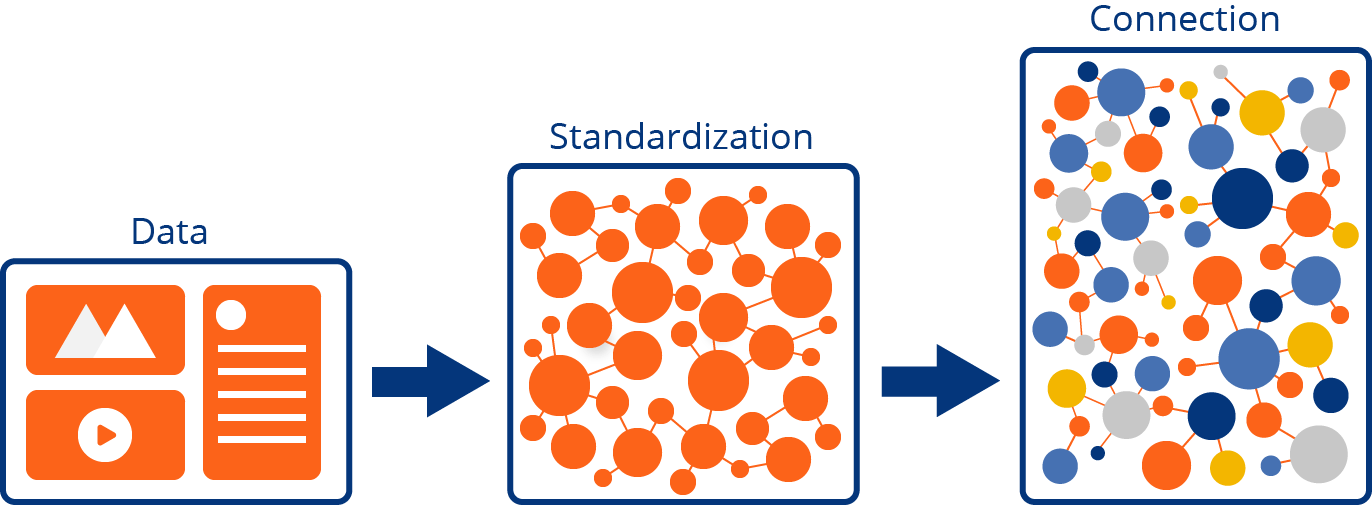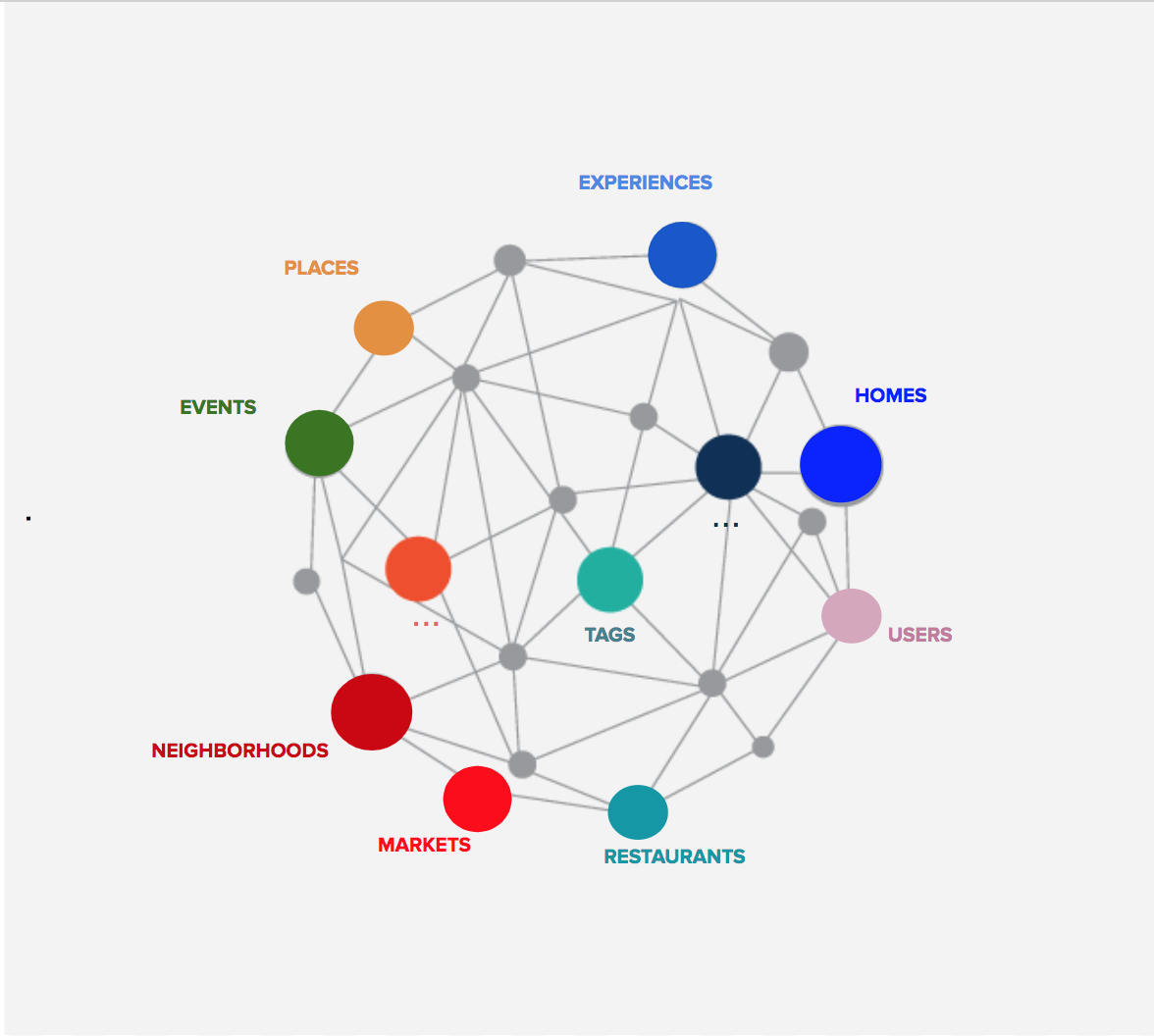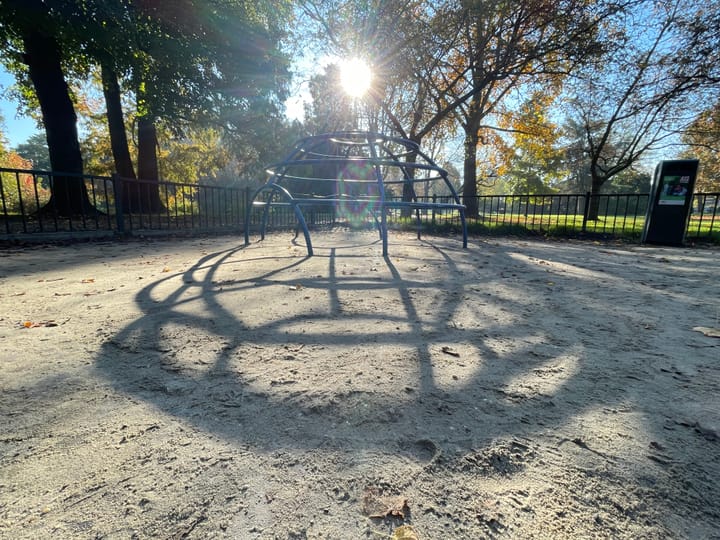Semantic web and the knowledge graph
The semantic web is about describing the web of connections between ideas and objects.

I wrote about metadata and that touches on the semantic web. With the semantic web, meaning is attached to information (often with metadata and structured data) that makes it readable for machines.
Also, storage of this semantic information is done differently, it is stored as Knowledge Graph and retrieved by different types of query languages. I will make this abstract idea a bit more tangible.

Describe something
Key is to describe the world around us and standardize all the elements and relations. Such a description is called a schema and it uses schema markup to be published into a web page.
The best way to explain is to demonstrate. Think of a person and all attributes of someone and their walk of life.
Here is a schema for a person:
And all the ways to contain this information in markup code. There are different types of code to wrap around the information. Microdata, RDFa and JSON-LD.
Example of schema
I will use Rembrandt van Rijn as an example and look him up in Wikidata:
https://www.wikidata.org/wiki/Q5598
The page gives an extensive listing of the person and relations to other people and objects. The topic Rembrandt has a unique value called identifier: Q5598. The beauty is that not only things have an identifier but also attributes as date of birth or the values of an attribute like male for gender.
https://www.wikidata.org/wiki/Property:P569 https://www.wikidata.org/wiki/Q6581097
You can see the multiple threads of a semantic web.
Knowledge graph
All these things and relations together form a knowledge graph. In this context, graph means a network of connections. This is an abstract concept, but also made more concrete by using graphs as the basis to store and retrieve information. Where a database uses list and relations, the knowledge graph has taken meaning in its design and the knowledge is queried with a different sort of language which is much more adequate for the goal.

Make the concept useful, for people and machines
Knowledge graphs are used by people and machines. One of the most tangible uses is on Google Search. Look up Rembrandt van Rijn and you will see the Knowledge Graph at work. It will, in the search results, display biographical information on the painter but also on people from the same sort of profession of works painted by him.

Next to a machine collecting and presenting information (and some meaning) on the world around us, the semantic web is used for machines to exchange information on a range of topics. Think of companies or a listing of cryptocurrencies and of course AI.



